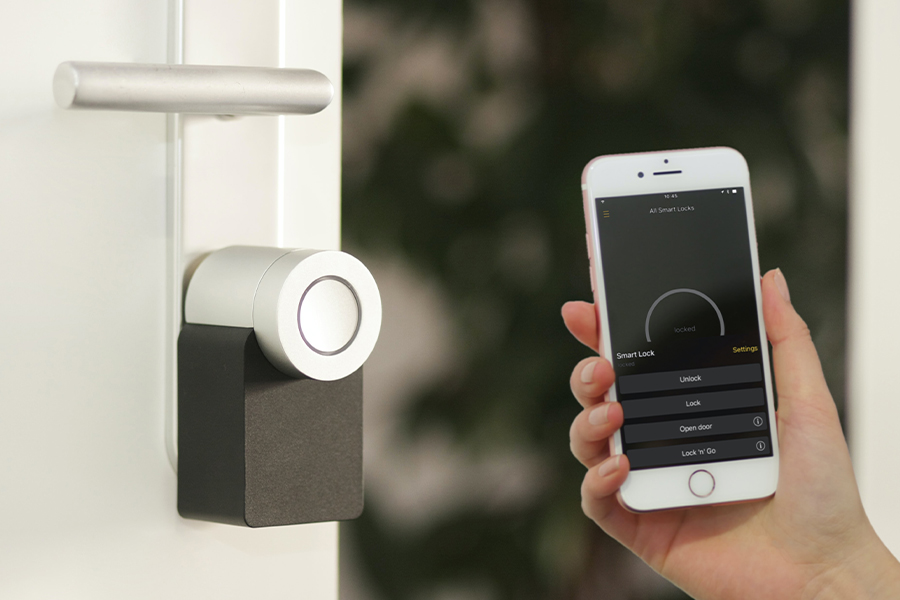Voice Assistants are Everywhere!

The future is here! Gone are the days where you must stand up to turn on the TV or use your thumbs to search the weather on your phone—now you just need to use your voice. Voice assistants seem to be everywhere, so we pulled together an overview of what you need to know about voice assistants.
What is a Voice Assistant?
A voice assistant is a technology that uses speech recognition, natural language processing, and artificial intelligence to listen to, engage with and assist a human user. Depending on the platform and purpose, voice assistants may be able to complete simple tasks like finding information on the internet, playing music or turning on a lamp. Voice assistant technology can also be quite sophisticated and allow users to ask complicated requests that require multiple, complex responses or actions, called skills. Regardless of the technology, most voice assistants are built on the same premise; you ask it to do something, and it does it for you.
Voice Assistant Technology
In many ways, voice assistants were engineered to behave like humans, so it’s no surprise that tech companies developed their software to mimic a real personal assistant. Apple launched Siri, the first mainstream voice assistant in 2011, which paved the way for Microsoft (Cortana), Amazon (Alexa), Google (Google Assistant) and Samsung (Bixby). Each platform has unique capabilities, strengths, weaknesses and even distinct personalities. These voice assistants—and the tech giants who develop them—continue to evolve and bring new capabilities designed to assist their human counterparts.
Smart Devices
While voice assistant technology has evolved over the years, so has the breadth of devices that house the software. Today, voice assistant technology is no longer just on smartphones. Consumers can engage with a voice assistant on select tablets, speakers, watches, headphones, thermostats, remotes, televisions, cars, computers and standalone smart devices. Many of these devices can be activated with a voice prompt—“OK, Google” or “Hey Siri,” for example—followed by user instructions for assistance. According to a report by Juniper Research, there will be an estimated 8 billion voice assistants in use by 2023, up from 2.5 billion at the end of 2018, and the number is set to triple over the next few years. While many of these assistants will live on smartphones, non-smart voice assistants will continue to grow.
AAA and Voice Assistants
AAA members who need roadside service can now get help from a digital assistant. AAA recently developed a feature for Google Assistant and Alexa that allows members to forgo a phone call and request services like fuel refills, battery replacements or flat tire repairs directly through their digital assistant. To use this feature, a member must have Google Assistant or Alexa on their smartphone or another smart device, and link their digital assistant account to their AAA account. To request help, members instruct Alexa to “Open AAA Road Service,” or tell Google Assistant to “Talk to AAA Road Service.”





